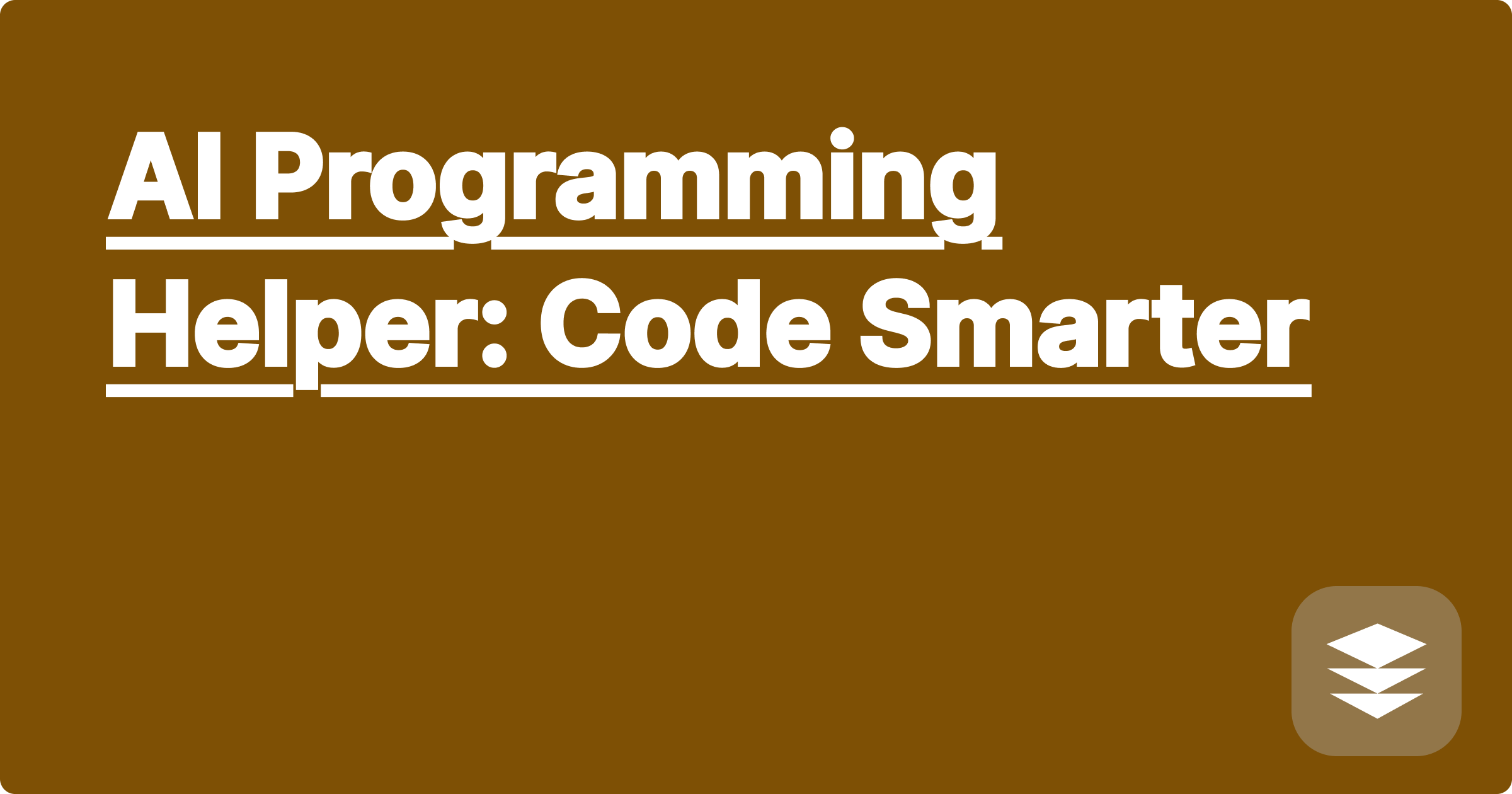
The demanding world of STEM education and research often leaves students feeling overwhelmed. Balancing complex coursework, rigorous research projects, and the pressure to maintain a high GPA can be a constant struggle. Fortunately, the rise of artificial intelligence offers a powerful new toolkit for STEM students to not only survive but thrive. AI-powered learning platforms and tools are transforming how students approach their studies, offering personalized learning experiences, optimized time management strategies, and invaluable research assistance. This blog post will explore how you can leverage these cutting-edge AI tools to enhance your academic performance, streamline your research process, and ultimately, code smarter.
This shift towards AI-powered learning is particularly relevant for STEM fields, where vast amounts of information and complex problem-solving are the norm. From generating code in various programming languages to assisting with complex calculations and even providing personalized feedback on your work, AI can be your secret weapon for success. Imagine having a personalized tutor available 24/7 to guide you through challenging concepts, optimize your study schedule, and help you unlock your full academic potential. That's the power of AI in STEM education today.
STEM students face numerous challenges, including heavy workloads, complex concepts, and time constraints. Mastering intricate subjects like calculus, organic chemistry, or quantum physics requires significant time and effort. Furthermore, research projects demand extensive literature reviews, data analysis, and meticulous documentation. Staying organized and managing time effectively is crucial for success, but often proves difficult amidst the demanding academic landscape. The pressure to excel academically can also lead to stress and burnout, hindering students' ability to perform at their best. Traditional learning methods often fall short in addressing these multifaceted challenges, leaving students searching for more effective ways to learn and succeed.
AI-powered learning platforms like the hypothetical GPAI (and existing platforms like Khan Academy, Coursera, and Wolfram Alpha) offer a personalized and efficient approach to STEM education. GPAI, for example, could analyze a student's learning style and create a customized study plan, identifying areas of weakness and recommending targeted resources. AI tools can also automate tedious tasks like literature reviews, allowing students to focus on higher-level analysis and critical thinking. Furthermore, AI-powered coding assistants can help students debug code, generate code snippets, and learn new programming languages faster. By integrating these intelligent tools into your workflow, you can significantly enhance your learning experience and boost your academic performance.
Imagine you are struggling with a particularly challenging physics problem. First, you could input the problem into Wolfram Alpha, which can often provide a step-by-step solution, along with relevant formulas and concepts. Next, you could use an AI-powered tutoring platform like Khan Academy to review the underlying principles and solidify your understanding. If you're working on a programming assignment, tools like GitHub Copilot can suggest code completions and help you debug errors more efficiently. Finally, GPAI (or a similar platform) could track your progress, identify areas where you need more practice, and adjust your study plan accordingly. By seamlessly integrating these tools into your workflow, you can create a personalized learning experience tailored to your specific needs.
Consider a chemistry student struggling to visualize complex molecular structures. An AI-powered molecular modeling tool could generate interactive 3D models, allowing the student to rotate and manipulate the molecules, gaining a deeper understanding of their spatial arrangement. A physics student could use an AI-powered simulation tool to explore the behavior of a pendulum under different gravitational forces, visualizing complex physical phenomena in a dynamic and interactive way. A mathematics student could leverage Wolfram Alpha to solve complex integrals or differential equations, freeing up time to focus on understanding the underlying mathematical concepts. These practical examples demonstrate the transformative potential of AI in STEM education.
To maximize the benefits of AI tools, incorporate them strategically into your study routine. Schedule dedicated time for AI-powered learning sessions, just as you would for traditional study. Use AI-powered time management apps, integrating techniques like the Pomodoro method, to break down large tasks into manageable chunks and maintain focus. Don't be afraid to experiment with different AI tools and platforms to find what works best for you. Remember that AI is a tool to enhance your learning, not replace it. Continue to engage actively with the material, ask questions, and seek clarification when needed. Finally, prioritize your mental well-being. AI-powered mindfulness apps can help you manage stress and maintain a healthy work-life balance.
In conclusion, AI is revolutionizing the STEM learning landscape, offering unprecedented opportunities for students to excel. By embracing these powerful tools and integrating them strategically into your workflow, you can unlock your full academic potential, achieve your academic goals, and code smarter. Don't hesitate to explore the various AI-powered learning platforms and tools available, and discover how they can transform your STEM journey. Start small, experiment, and find what works best for you. The future of STEM learning is here, and it's powered by AI. Embrace it, and watch your academic performance soar.
AI for Statistics: Data Analysis Made Easy
AI for Simulations: Run Experiments Faster
AI Note Taker: Organize Your Studies
AI Equation Solver: Solve Complex Equations
AI Data Visualizer: Present Your Findings
AI Flashcards: Master Key Concepts
AI Programming Helper: Code Smarter
AI Report Writer: Improve Your Reports